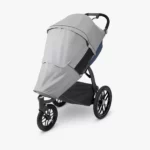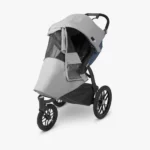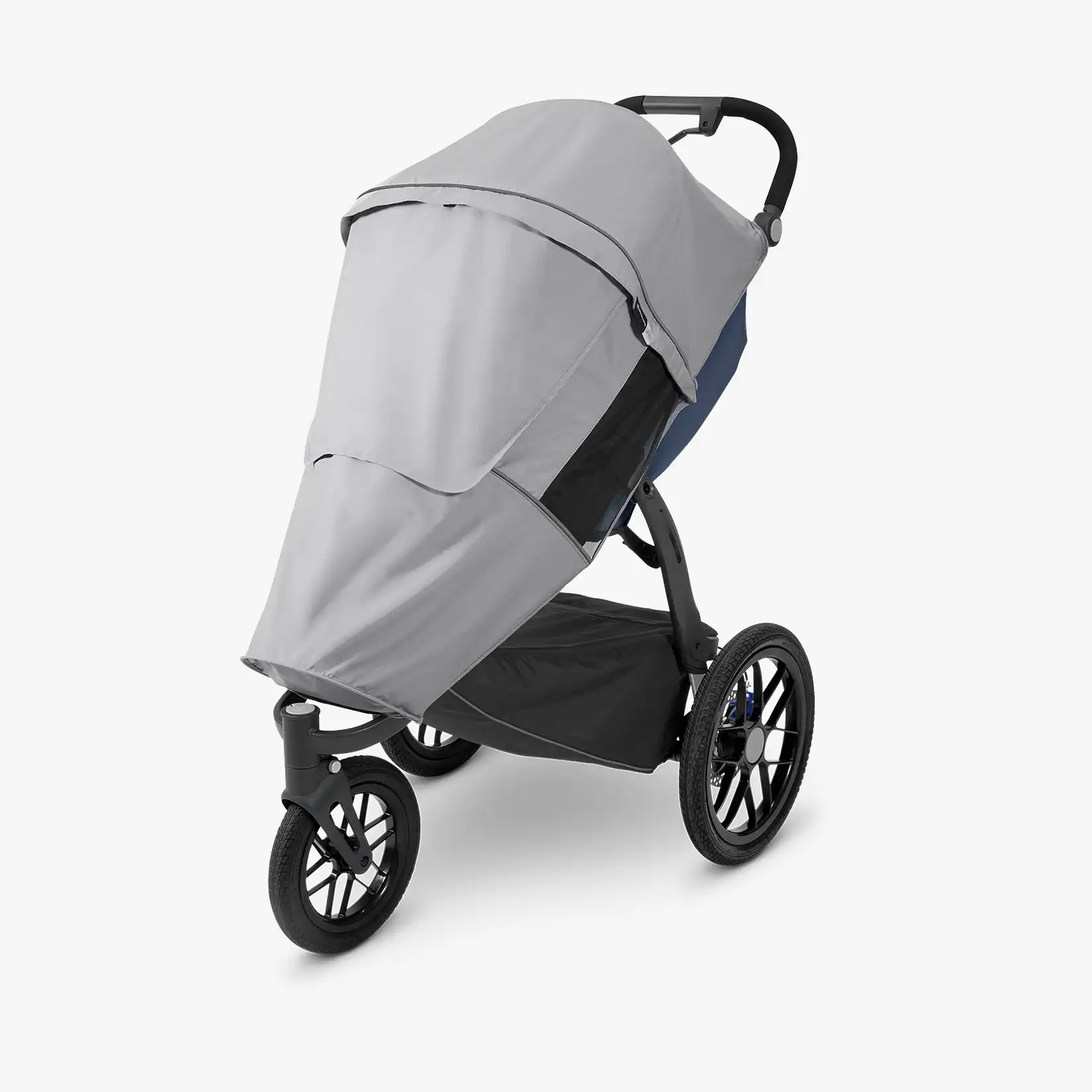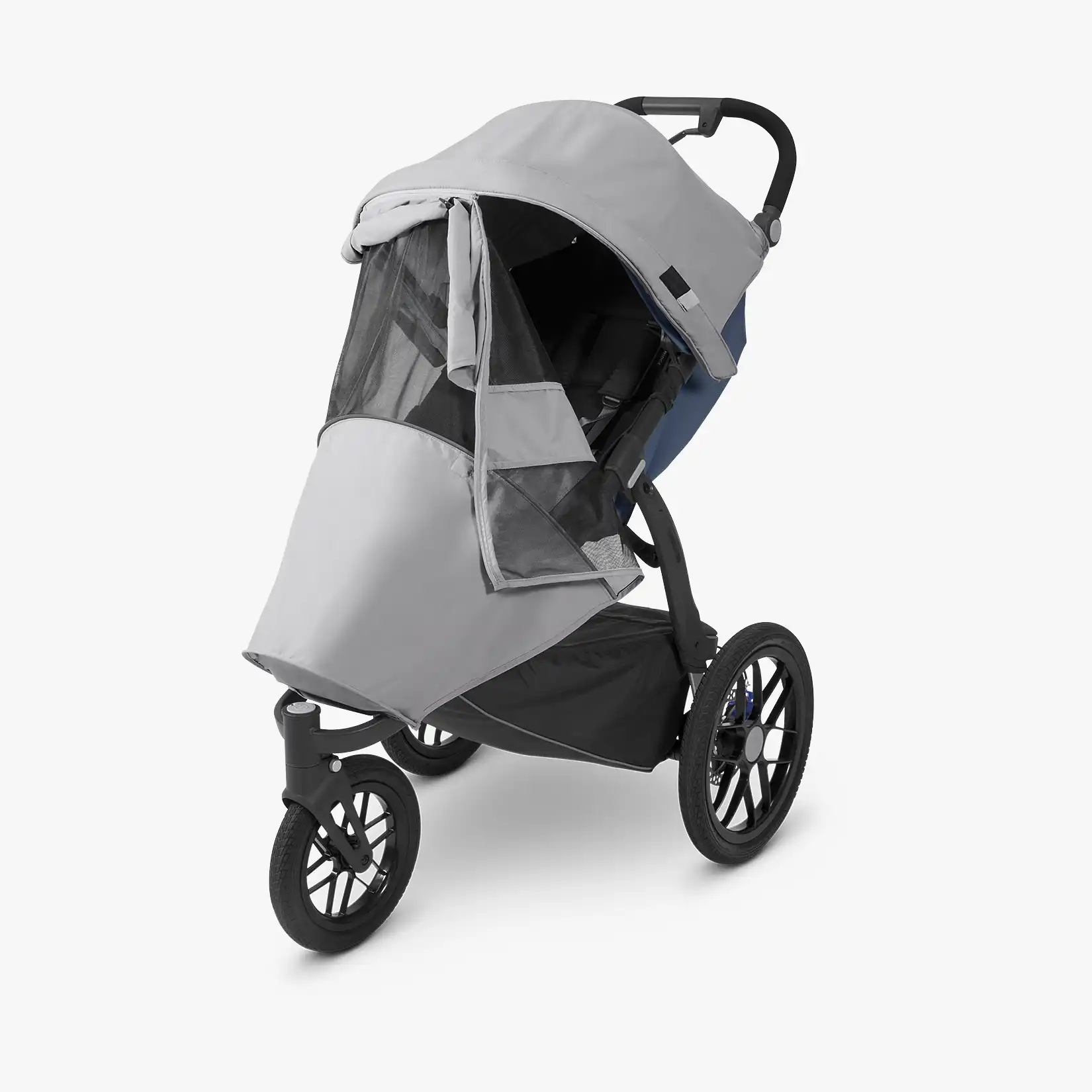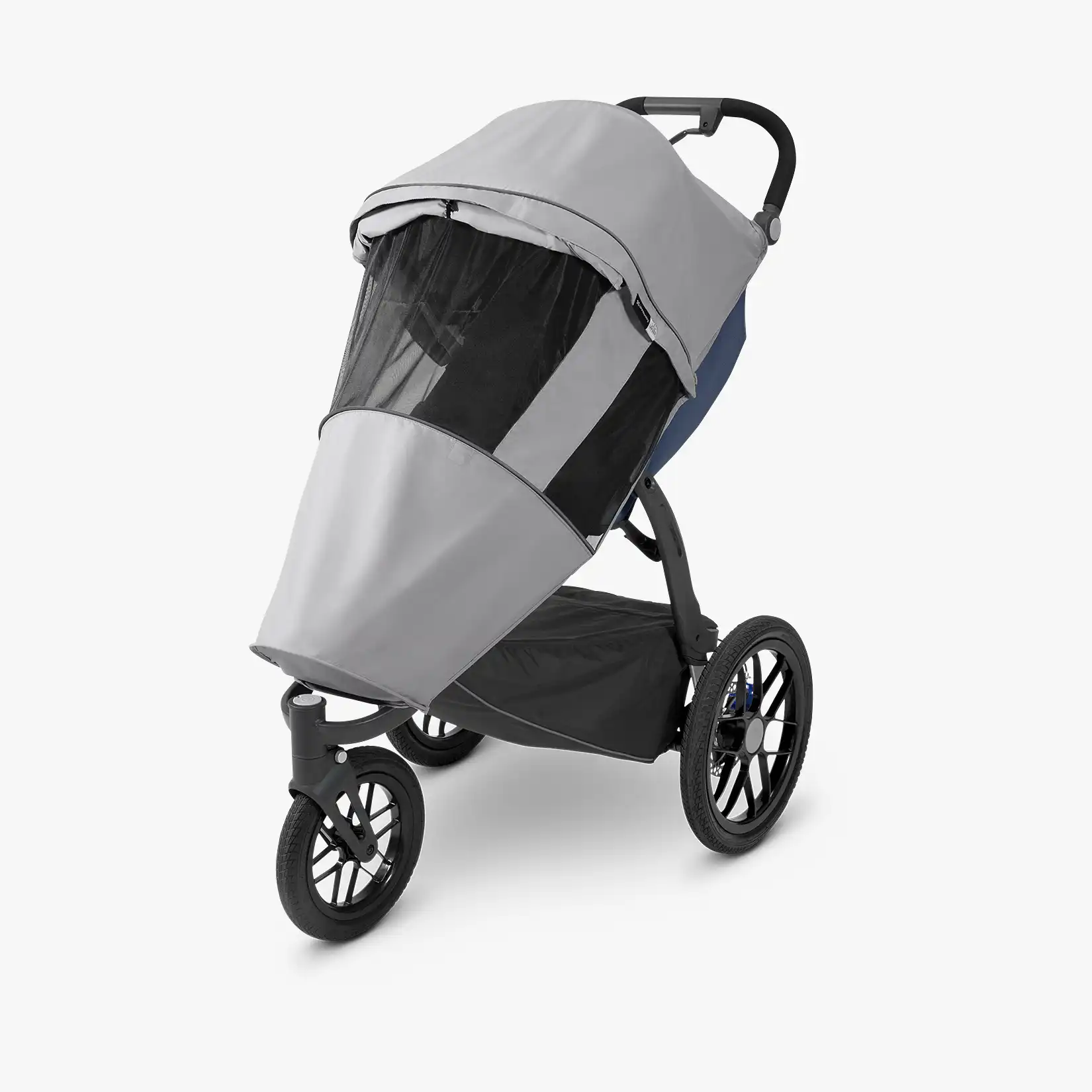Protect your child from the elements when taking on outdoor adventures with the Ridge. The Sun and Bug Shield provides the ultimate protection against sun, wind, and insects.
Sun and Bug Shield for Ridge
$49.99
Sun and Bug Shield for Ridge
$49.99
Sun and Bug Shield for Ridge
- Front roll down panel with UPF 50+ protection from UV rays
- Reflective details for added visibility while strolling
- Breathable mesh ventilation
- Zipper opening for easy access to child

